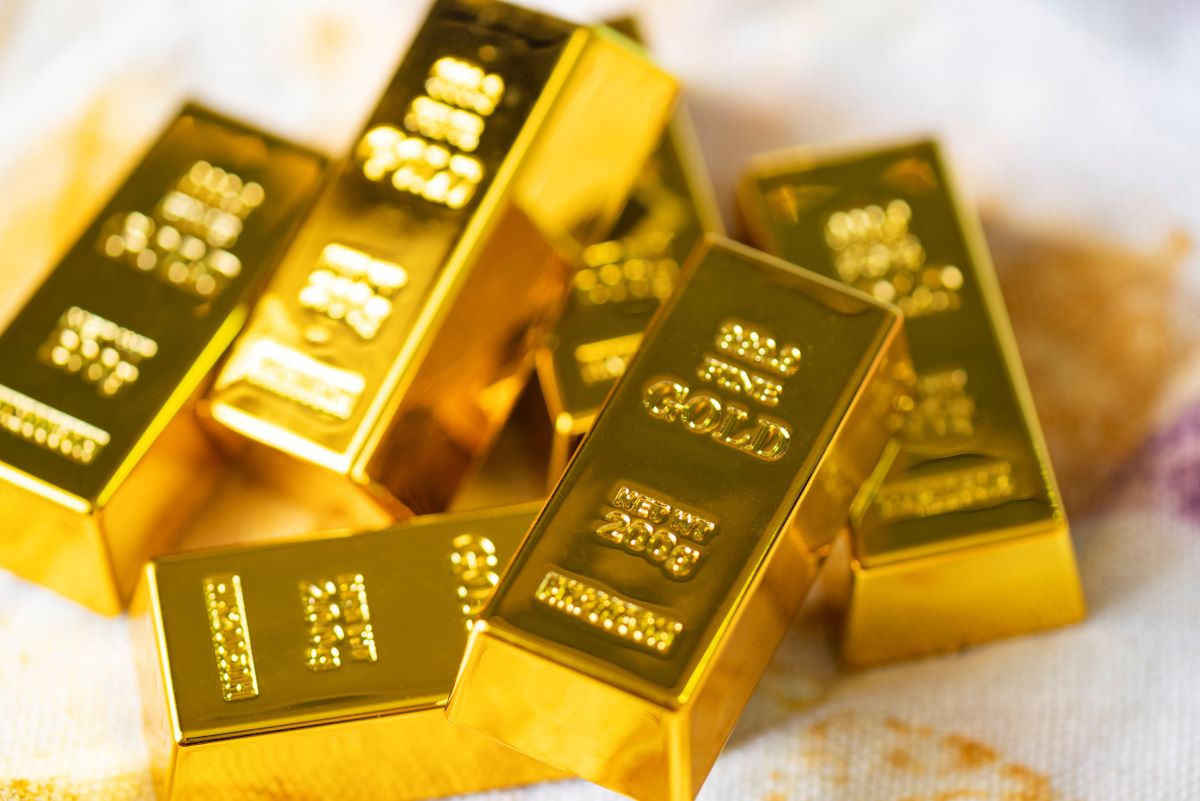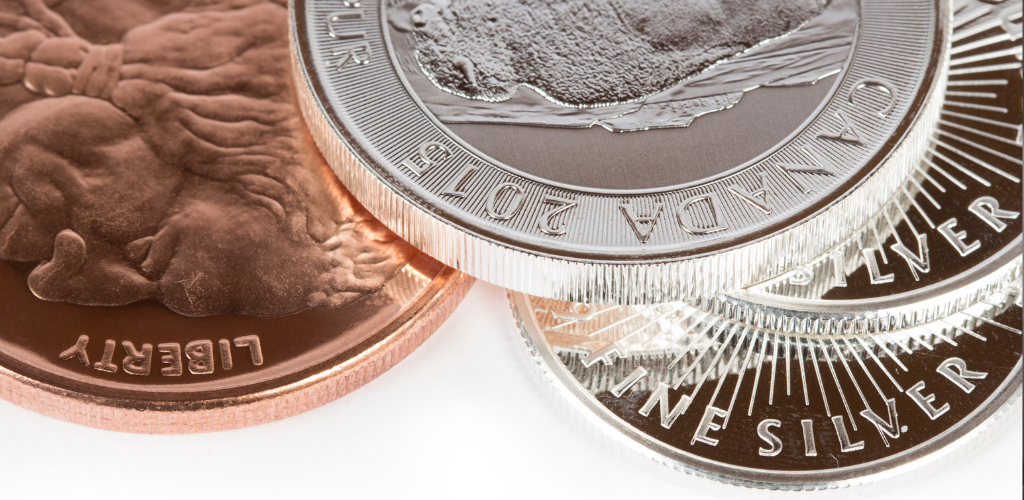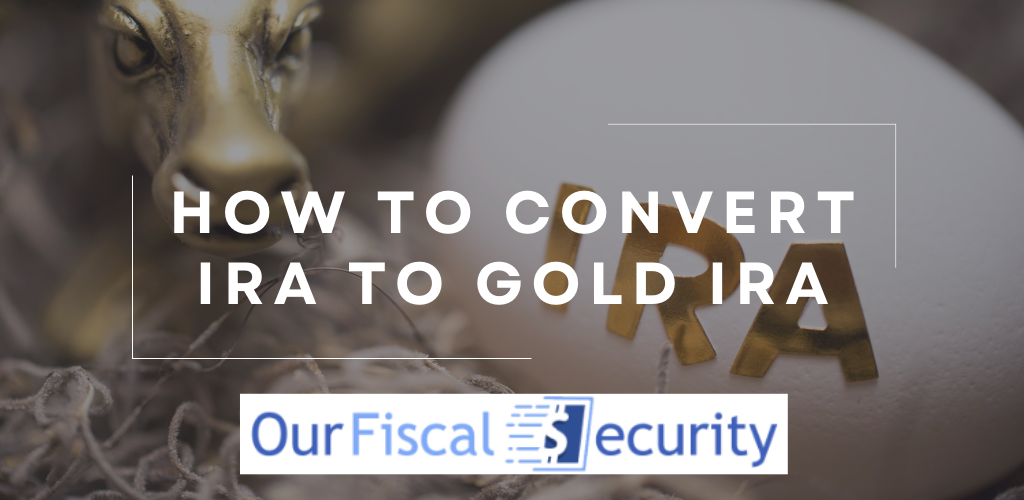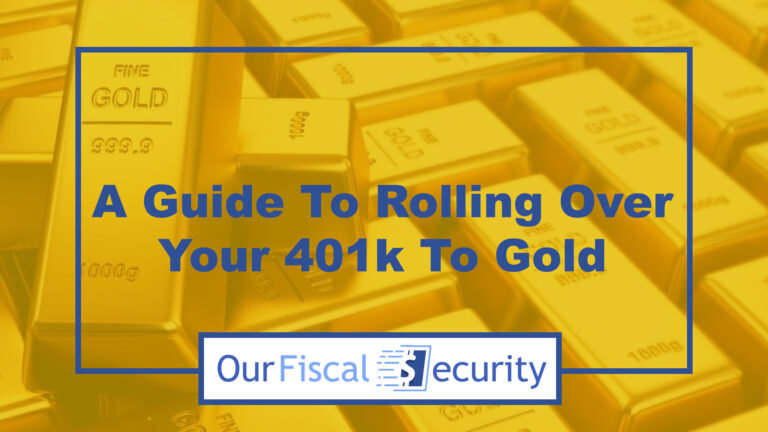How to Convert IRA to Gold IRA
Gold IRAs are designed to hold non-traditional investments, including gold and other precious metals, which are known to provide stability to those who want to diversify their portfolios to save for retirement.
Are you interested in these specialized individual retirement accounts (IRAs)? Do you want to leverage the benefits that gold IRA investments offer?
If you don’t have the extra cash to invest in a new account, you can turn to your existing retirement plans, such as a traditional or Roth IRA, and transfer or roll over your funds to a gold IRA.
With this simple conversion, you can get started in the world of physical precious metals investments and build a portfolio that can protect your savings from inflation and other negative events.
Fortunately, we have crafted this article to explain everything you need to know about the process of converting your IRA to a gold IRA. Read on!
Understanding Individual Retirement Accounts (IRAs)
Before delving into IRA conversions, let’s define what an individual retirement account is.
In essence, an IRA is an account that allows us to save for retirement while enjoying some tax advantages since the money can grow either tax-free or tax-deferred depending on the option we choose.
There are different types of IRAs, but the following are the most common:
Traditional IRA and its Characteristics
A traditional IRA is a personal savings plan where we make contributions with money that we could deduct (fully or partially) on our tax return. With these accounts, our earnings can grow tax-deferred until we take a distribution.
Many people who believe they’ll be in the same or lower tax bracket during retirement choose this option.
Roth IRA and its Unique Features
Roth IRAs are the opposite, but they also offer some benefits if we want to save for retirement. These accounts allow us to make contributions with after-tax dollars, which means we can use money we’ve already paid taxes on.
If we invest in a Roth IRA, our money can grow tax-free. We won’t be required to pay taxes on distributions if certain conditions are met.
Self-Directed IRA: A Comprehensive Overview
Also known as SDIRA, a self-directed individual retirement account is a type of IRA where we can hold alternative investments that go beyond traditional options.
Self-directed IRAs give us greater control and flexibility over our investments but offer the same tax advantages as a traditional or Roth IRA. If you want to learn more about SDIRAs, please consult our detailed guide about the top-rated self-directed IRAs to learn which one could be the most suitable to your goals and needs.

What is a Gold IRA?
Here is a simple way of understanding a Gold IRA. It is a specialized individual retirement account where we can hold precious metals, such as physical gold, silver, platinum, and palladium. This type of account is self-directed, which means we’ll have more control over our investments and can put our money in unconventional assets.
The Concept and Purpose of a Gold IRA
Gold IRAs present us with the opportunity to diversify our retirement portfolios with assets that have historically been used as a hedge against inflation and economic uncertainties.
Also, these types of accounts allow us to add tangible assets to our portfolios, helping us create a well-rounded retirement investment strategy. Plus, they offer the same tax advantages as IRAs.
Gold IRA: A Unique Retirement Planning Tool
We cannot invest in physical gold and other precious metals through a traditional or Roth IRA because these assets are considered collectibles.
However, a precious metals IRA is a self-directed IRA that allows us to hold gold, silver, platinum, and palladium as long as these products meet the purity and weight standards set by the Internal Revenue Service (IRS).
The Benefits and Advantages of a Gold IRA
Here are some advantages offered by gold IRAs in addition to those related to taxes:
- Potential protection against inflation and economic uncertainties
- Tax advantages depending on the type of account we choose (tax-deductible contributions for traditional IRAs and tax-free distributions for Roth IRAs)
- Self-directed investment control
- Tangible asset security
The Potential Risks and Disadvantages of a Gold IRA
Unfortunately, every rose has its thorn. Although gold IRAs offer many benefits, there are some disadvantages and potential risks we should consider, including mandatory depository storage, low liquidity, additional costs, and lower returns.
How to Set Up a Gold IRA Account
Once we are certain that this investment option is suitable for us, identifying a reputable gold IRA company becomes crucial. Augusta Precious Metals, for example, holds a strong reputation in the industry. Following this, we can proceed with the detailed steps to open a gold IRA, which involve completing specific actions to ensure a seamless and secure process.
These actions include:
Selecting a Reputable Gold IRA Custodian
According to IRS rules, all IRAs must have specialized custodians. This applies to accounts that hold precious metals.
Finding a reliable gold IRA account custodian isn’t hard; in fact, many reputable companies collaborate closely with custodians, simplifying the process. However, ensuring a wise decision involves considering several factors when picking the top gold IRA providers.
- Make sure the custodian is IRS-approved
- Verify regulatory compliance
- Check if the custodian has a solid track record
- Check customer reviews to find out if comments are positive or negative
- Check if the gold IRA custodian is transparent in their fees
- Inquire about the security measures the gold IRA custodian implements
- Consider custodians who are transparent about their processes and provide accessible reports or account statements
The Process of Opening a Gold IRA Account
Did you choose a reputable gold IRA company and custodian? These are the following steps that we should complete to open this account:
- Fill out the required paperwork to open our gold IRA
- Fund the new gold IRA (we’ll delve into this process below)
- Choose the precious metals in which we want to invest
- Ask the custodian to purchase the eligible precious metals that we want to add to our account
- Choose an IRS-approved depository
- Complete the transaction
Understanding Investment Minimums and Fees
The amount of money we need to open a gold IRA will depend on the provider we use. However, these accounts carry fees of $100-$400, on average.
Some precious metals IRAs don’t have investment minimums, but there are other costs, including those related to storage.
However, it’s important to understand that IRAs have maximum annual contributions set by the IRS. In 2024, the cap is $7,000 or $8,000 for people over age 50.
How to Convert an IRA to a Gold IRA
If we already have an individual retirement account, we can convert it to a gold IRA by doing the following:
- Contact the IRA administrator and tell them we want to relocate our funds to a self-directed IRA account
- Transfer funds from our existing IRA to the new gold IRA account
- Buy IRA-eligible precious metals
- Store our assets in an IRS-approved depository
Overall, we have two options if we plan to use our existing retirement accounts to fund a gold IRA: rollover and transfer.
The Rollover Process: From IRA to Gold IRA
If we do a gold IRA rollover, we have to withdraw the money we’ll use to fund our gold retirement account through our existing custodian.
However, there’s a deadline for gold IRA rollovers. We have 60 days to deposit the funds into the new account. Failing to do this may result in a 10% penalty if we are under 59.5 years of age. Read our detailed guide about rollover from traditional IRA to gold IRA to learn more about the process.
Transferring Funds: From Traditional IRA to Gold IRA
A gold IRA transfer is slightly different. We should contact our existing account custodian, but they’ll send the money directly to the new gold IRA custodian instead of giving it to us.
In other words, we won’t take out cash from our existing account. That’s why many people choose this option, as there’s no risk of missing the 60-day deadline and being penalized.
Buying and Storing Precious Metals in a Gold IRA

Finally, once our new gold IRA account is open and funded, we can invest in gold, silver, and other valuable metals for our retirement. However, these assets must meet certain requirements.
Gold must be 99.5% pure, while silver must be 99.9% pure. Platinum and palladium products are required to be 99.95% pure to be IRA-eligible.
The Financial Aspects of a Gold IRA
Besides the requirements that precious metals must meet, it’s important to understand the financial aspects of gold IRAs. There are fees involved in the process of opening these accounts. Plus, they come with tax obligations.
The Costs and Fees Associated with a Gold IRA
As we explained above, we’ll have to pay some fees to open and maintain a gold IRA according to IRS rules. If we’re opening one of these accounts, these costs may vary depending on the company we choose.
Some gold IRA fees set by certain companies go as low as $50, but others offer more expensive services, with rates that can exceed $100.
Additionally, there are other fees we should consider to calculate costs. These are:
- Administrative fees
- Annual maintenance fees
- Storage fees
- Transaction fees
- Withdrawal fee to liquidate gold
- Costs of gold investments
Tax Implications and Benefits of a Gold IRA
While gold IRAs offer certain tax benefits, they also carry certain tax obligations. Let’s take a look at these details according to the type of account we open:
Traditional Gold IRAs
- These accounts are funded with pre-tax money.
- Contributions are tax-deductible, reducing our taxable income for the year we make them.
- We’re required to pay taxes on the money we withdraw from this account at our income tax rate.
- There’s a 10% penalty if we withdraw money from our gold IRA before age 59.5.
Roth Gold IRAs
- These accounts are funded with after-tax dollars.
- Contributions cannot be used as a tax write-off.
- Withdrawals or “distributions” may be tax-free.
- We can make withdrawals at any time without taxes or penalties.
Understanding Required Minimum Distributions (RMDs)
If we plan to open a gold IRA and invest in precious metals, we also have to consider the required minimum distributions or RMDs. These rules don’t apply to Roth accounts.
According to the rules set by the IRS, we should start taking distributions from our gold IRA as soon as we reach age 72 (or age 73, if we turn 72 after December 31, 2022).
RMDs are calculated based on our age and account’s value. If we fail to take them, we may face a penalty of 25% of the amount we must withdraw.
Investment Diversification with a Gold IRA
Converting a regular individual retirement account to a gold IRA may offer several benefits, including a more diverse portfolio.
Portfolio Diversification and Risk Management
The most common strategy is mitigating investment risks with portfolio diversification. If we put all our hard-earned money into just one asset, we’ll be vulnerable to losses.
However, spreading investments around multiple assets, including gold and other precious metals, can reduce such risks, as the events that impact one asset won’t necessarily affect the entire portfolio.
Gold as an Inflation Hedge
Precious metals, including gold, have historically been used as a hedge against inflation since their value generally outpaces the dollar. If the value of this currency falls, gold investments can protect against potential losses.
The Role of Precious Metals in Asset Allocation
Many investors rely on asset allocation to protect their investments. Dividing their portfolios among different products can protect against inflation.
Precious metals may be a good option when this strategy is implemented, as they offer diversification while providing protection against economic uncertainties.
How to Manage a Gold IRA
Did you convert your existing individual retirement account to a gold IRA? Well, now, we should learn to manage your gold IRA effectively and safeguard your investments.
Strategies for Monitoring and Rebalancing Your Portfolio
As part of an effective gold IRA investment strategy, we should rebalance and monitor certain aspects. This practice is essential to adapt to the ever-evolving market and respond to changing conditions.
Monitoring involves tracking the progress of our gold investments. That means we should also assess how our portfolio is performing to identify areas that need optimization. This evaluation will be the starting point to make the necessary adjustments.
Rebalancing involves making periodic adjustments to our portfolio and allocating funds to different assets to maintain the risk level we can withstand or get closer to the returns we hope to obtain.

Rules for Withdrawal and Early Distributions
We’ve already mentioned this, but it’s important to make these rules clear.
The IRS says we have to be at least 59.5 years old to withdraw funds from a traditional gold IRA. If we take a distribution before reaching this age, we’ll have to pay a penalty because these withdrawals will be considered “non-qualified.”
However, there are some exceptions to this rule. If we use money withdrawn before age 59.5 for certain purposes, we won’t be penalized. These are some examples:
- Unreimbursed medical expenses
- The purchase of our first house
- Higher education expenses
- Qualified birth or adoption expenses
- Economic loss caused by a federally declared disaster
Frequently Asked Questions
What is the difference between a Gold IRA and a traditional IRA?
The main difference between a gold IRA and a traditional IRA is that the former allows us to invest in precious metals and other assets that aren’t allowed in regular accounts.
How can I buy gold in an IRA?
To begin the process of purchasing gold within IRA, we should convert our existing IRA to a gold IRA or open a new precious metals IRA and direct our chosen custodian to purchase such assets.
What are the tax implications of a Gold IRA?
Tax implications vary depending on the type of account we choose. Our contributions won’t be taxed (but withdrawals will) if we have a traditional gold IRA. However, contributions aren’t tax-deductible and withdrawals may be tax-free if we open a Roth IRA.
What are the potential risks of a Gold IRA?
Although they offer numerous benefits, gold IRAs come with certain risks, such as potentially lower returns compared to other investments, limited access to funds, and possible scams.
How can I manage my Gold IRA effectively?
To effectively manage our gold IRA, it’s important to comply with the rules set by the IRS, invest only in eligible assets, and implement certain strategies, such as risk management and portfolio diversification.
Conclusion
Gold IRAs offer many benefits to those of us who want to save for our retirement. However, this comes with certain drawbacks and risks.
While that shouldn’t deter us from choosing these investment vehicles, it’s important to understand how these accounts work and know all the options available to make an informed decision that can truly benefit our financial lives during our golden years.







